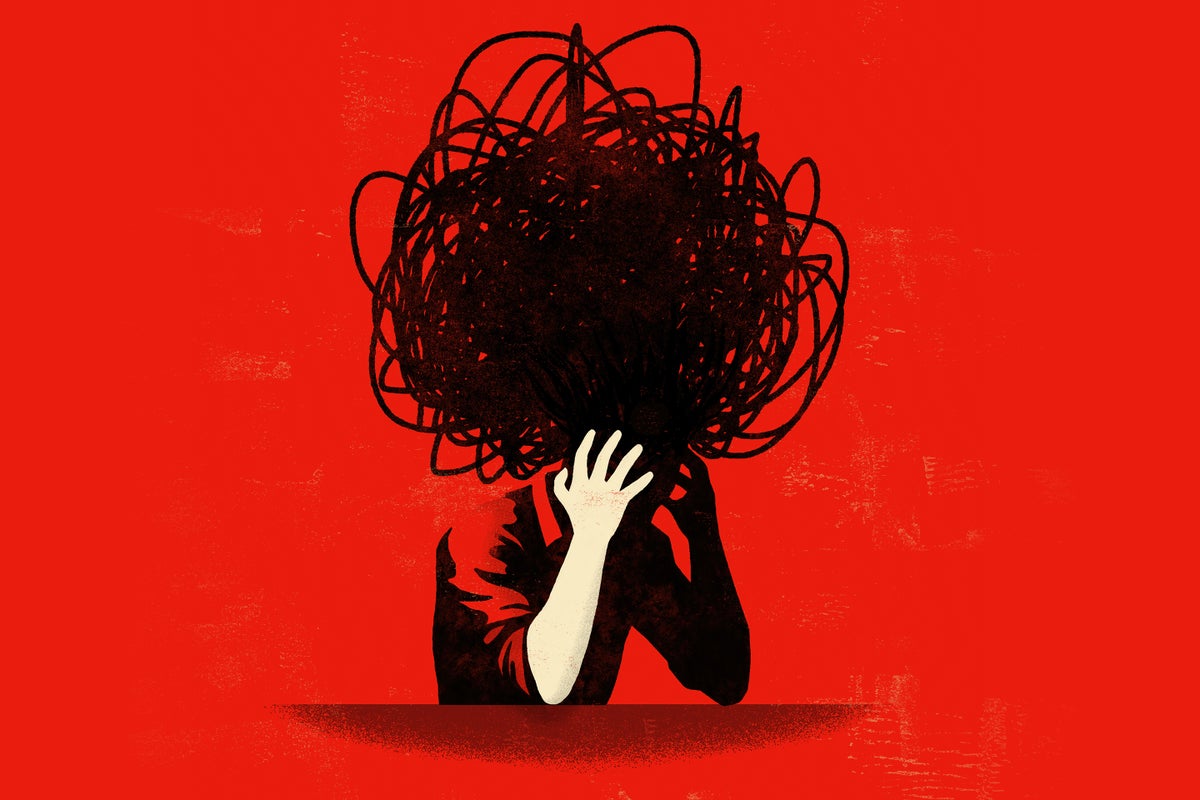
Attachment styles are a popular way to understand how people experience relationships and why they might struggle to be vulnerable with loved ones. They’re a popular topic of conversation — in online spaces, especially — so you may be familiar with terms like “secure” and “insecure” attachment, or “anxious” and “avoidant” attachment.
But is there real science behind attachment styles?
The short answer is yes — but there are plenty of misconceptions about what a person’s attachment style can tell you about them.
Psychologists use attachment styles to describe people’s approach to relationships. However, these styles do not necessarily rule people’s relationships, nor can people always be neatly categorized into these different ways of interacting. Instead, attachment styles occur along a continuum, and people may be “secure” in some types of relationships and “insecure” in others.
Related: Was Freud right about anything?
“There isn’t a magical threshold at which a person suddenly becomes secure or insecure,” said R. Chris Fraley, a social and personality psychologist at the University of Illinois at Urbana-Champaign who studies attachment. Nor is there a set amount of relationship-related trauma in someone’s past that determines their attachment style, Fraley told Live Science. People vary widely in how they react to poor parenting or untrustworthy romantic partners, for instance.
What are the different attachment styles?
The styles come from attachment theory, which arose in the late 1960s out of work conducted by psychologists John Bowlby and Mary Ainsworth. Bowlby hypothesized that if young children did not form secure attachments with a primary caregiver in toddlerhood, they would struggle to do so for a lifetime.
To test this idea, Ainsworth devised an experiment in which babies around age 1 were left by their parent to play alone in an unknown room for a few minutes. Then, the parent would return. Psychologists would observe how the child reacted to both the parent’s departure and return.
From these observations, Ainsworth posited four attachment styles:
- Secure attachment: Securely attached babies were upset at their parent’s departure and were immediately comforted when the parent returned.
- Anxious attachment: Anxiously attached babies were upset at their parent’s departure and difficult to console when the parent returned.
- Avoidant attachment: Avoidantly attached babies barely reacted to their parent’s departure or return.
- Disorganized attachment: Disorganized attached babies had unpredictable responses to their parent either coming or going. They could become very anxious or distressed, which could manifest as uncontrollable outbursts or a flat, seemingly unemotional affect.
Over time, other psychologists began to consider these attachment styles in the context of adult relationships.
There are different ways to measure attachment, but one common method that social and personality psychologists use is to measure a person’s attachment-related avoidance and attachment-related anxiety, usually via questionnaires about their relationships and behaviors.
Someone who is avoidant in a relationship shies away from intimacy or opportunities to disclose their emotions; they have difficulty trusting others and may push people away if they feel they are getting too close. Meanwhile, someone who is anxious in a relationship feels insecure, worries that the other person does not really care about them, and thus may become clingy and uncomfortably dependent on their partner.
Someone low in both avoidance and anxiety is considered securely attached, Fraley said.
“We consider someone to be ‘secure’ in their relationship if they are comfortable depending on the person in question, using them as a safe haven in times of distress, and are assured that the person is truly invested in their well-being,” he said.
On average, there is an association between people’s early childhood experiences and their adult attachment styles, Fraley said. People who experience early life abuse, neglect, or otherwise cold or unpredictable caregiving are more likely to struggle with attachment in adult relationships. However, he said, childhood experiences don’t cement your fate — there are many people who encounter bad experiences early in life but have secure adult relationships, and vice versa.
“People change, relationship experiences change, and life gets complicated in ways that can’t be captured simply by knowing what happened early in a person’s life,” Fraley said. “Most attachment scholars think of attachment as reflecting the history of a person’s interpersonal experiences rather than something that happened at one specific point in time. Although people tend to have some continuity in their interpersonal histories, those twists and turns matter too.”
In other words, attachment styles can change.
“Fairly simple strategies, such as simply reflecting on and writing about attachment experiences, can lead to short-term boosts in security,” Fraley noted. “What we don’t understand well is what it takes to create and sustain longer-term change.”
Researchers are working to answer that question, Fraley said. In the meantime, he and his colleagues run a website with scientifically validated attachment style questionnaires for anyone wondering what their own styles in their own relationships might be.
This article is for informational purposes only and is not meant to offer relationship or mental health advice.









Leave a Comment